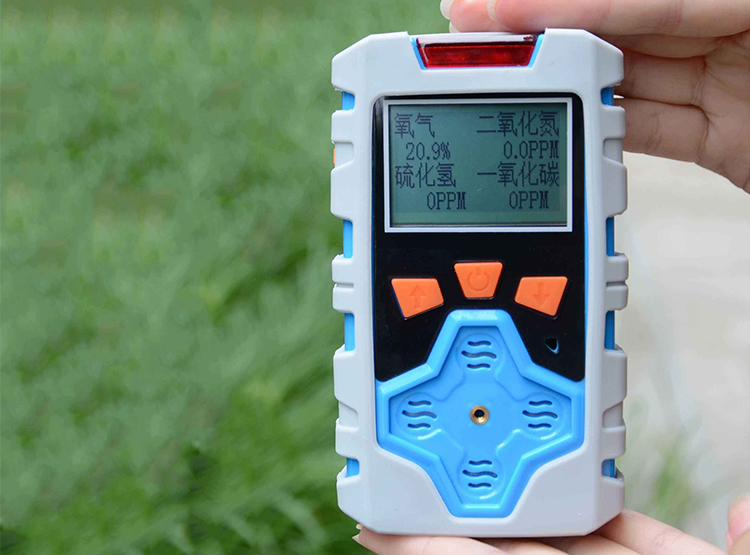

market@chinacoalintl.com
The calibration of a gas detector refers to placing the instrument in a test gas with a corresponding known concentration, and comparing the detection result of the gas detector with the gas concentration to know the accuracy of the gas detector. For example, n-hexane will burn and explode at 1.1% VOL, and when a 10% alarm is set on the hexane detector, it should be alarmed when the hexane concentration reaches 0.1%. For catalytic combustion sensors, this concentration is quite low. The alarm value of toxic gas is much lower than that of combustible gas. For chlorine gas, the threshold alarm value is only 0.5ppm.
The difference between the measurement result of the recalibrated gas detector and the measured gas concentration is generally not more than 10%, then this instrument can continue to be used without calibration. For example, an ammonia gas detector detects 50ppm of standard ammonia gas. If the measurement result of the instrument is 46ppm, then it can be considered that the detection accuracy of this ammonia gas detector is qualified without re-calibration, because 46ppm is at 50 ± 10% X50 The result is between 45 ~ 55ppm. Similarly, if the detection result of this ammonia detector is 44ppm, then this detector needs to be recalibrated before it can be used.

© Shandong China Coal Group. © 2017
Address: No. 11, North of Kaiyuan Road, High-tech Zone, Jining City, Shandong Province, China
sales@chinacoalintl.com
Executive Editor: Zhang Wen / Editor: Linda Zhang